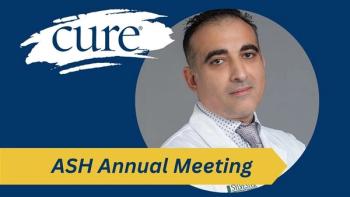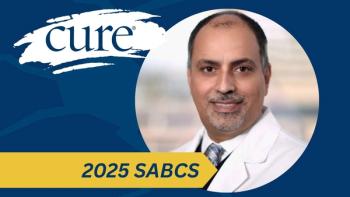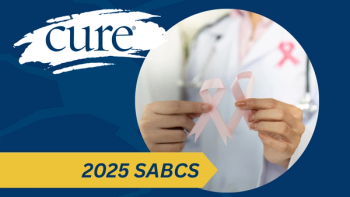
Study Shows a Desire for Better Patient-Provider Communication in Breast Cancer
A new online tool will help patients with cancer engage in clearer, more meaningful conversations with their care providers.
To improve patient-provider communication regarding treatment and side effects and facilitate shared decision making, Novartis Oncology commissioned the Harris Poll to conduct the Make your Dialogue County Survey in 2014. The company wanted to identify the emotional needs of patients who were newly diagnosed with metastatic breast cancer (MBC).
The survey was conducted online, via telephone or on paper; respondents were women aged 21 years or older diagnosed with advanced breast cancer (359 patients) and licensed US medical oncologists (252 participants) who treat at least five patients with advanced breast cancer per month.
Findings revealed that what patients expected from discussions with their oncologists did not always align with what was actually discussed in these interactions:
- 89 percent of patients surveyed felt it was important to discuss a long-term treatment “roadmap” with their doctor at initial diagnosis, yet 43 percent reported not having that conversation.
- 70 percent of patients and 65 percent of oncologists said that it’s important or very important to refer patients to support services at their initial advanced breast cancer diagnosis; however, only 36 percent of patients reported that this was something their doctor did.
- 23 percent of oncologists responded that at times, their emotions have kept them from sharing certain information with their patients with MBC.
Adam Brufksy, M.D., Medical Director of the Women’s Cancer Center at the University of Pittsburgh Cancer Institute and an advisor to the survey, said that these results reveal “fairly important gaps” in the way oncology providers and patients with MBC view the experience of having this diagnosis:
“That 23 percent of oncologists find prognosis discussions difficult, especially with younger patients, is concerning,” he said in an interview with CURE.
“Oncologists need to take the cue from patients about how much they want to know. They may err on the conservative side and assume patients don’t want to know much, but what this survey shows is that patients want to know more.”
The survey results, along with input from the MBC community, provided the foundation for the development of a personalized Make Your Dialogue Count discussion guide to help patients make the most of their time with their healthcare providers. Questions cover six broad areas, including breast cancer subtype, treatment status, side effects, challenges with treatment adherence, interactions with providers and psychosocial concerns. Based on the individual patient’s responses, a customized discussion guide is generated with tips for initiating a dialogue with providers and questions to ask at the next appointment.
The discussion tool also can be revisited regularly as patients’ needs, concerns and priorities often change over time, another important takeaway of this survey.
“The great value of these findings lies in how they can help inform oncologists about what’s important to women as we talk to them about their disease and planning treatment,” said Brufsky.
Patient can access the Make Your Dialogue Count tool at





